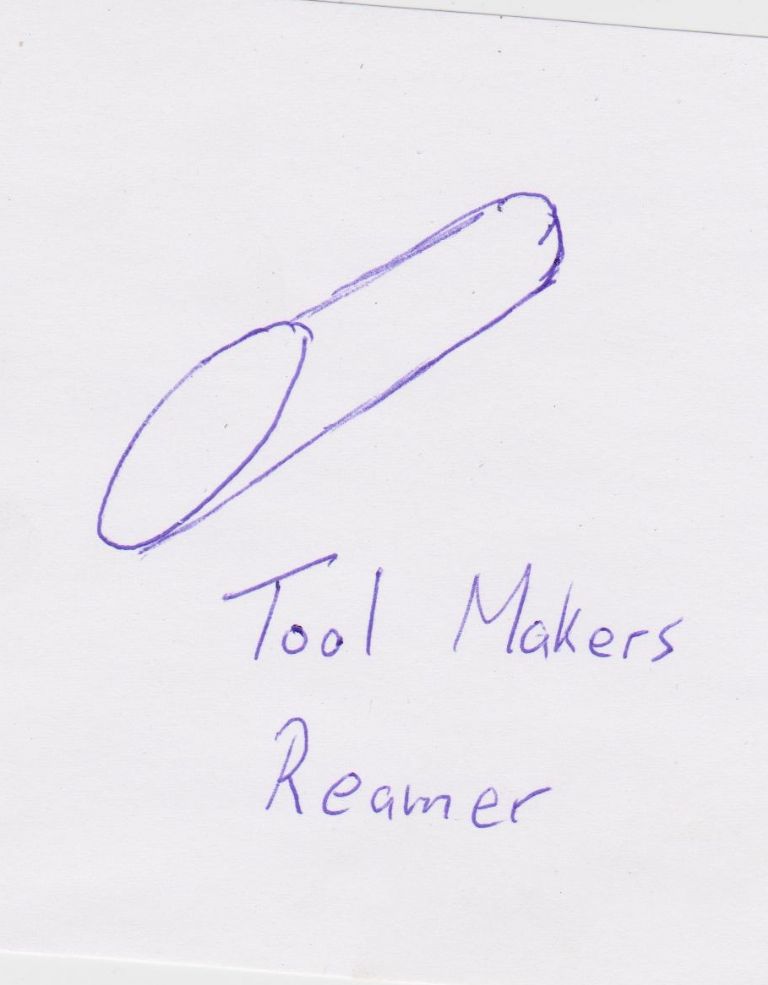I'm about to make an 8mm D-bit to finish to size a long hole in a part. I've thus far step drilled in from both ends (having very carefully centred the work each time). It's been a long time since I've done anything like this, as I [now] have a good collection of reamers but not as it happened an 8mm one (but several suitable lengths of 8mm silver steel). Anyway – I had a look earlier this week at what the 'Gurus' advise.
The simplest approach is that from Ian Bradley – who basically advises the 'halving' to be 1/2 Diameter + 5 thou – with the cut-out being 3-4 diameters deep. He advises a 10 degree front and end clearance. His article showed a 'commercial' D-bit that had short 'flats' for side relief, as well as cutting fluid channels provided – but Ian stated that he didn't really see the need for the side relief.
Emgee – I also looked at the Harman article and his approach was quite a bit more complicated – basically stating that side relief was required and suggesting an eccentric machining method to achieve it. The second part of his article then described a D-bit 'milling' tool (used to make tapered holes) and his logic for a) using an eccentric cutter and b) the angle at which the cutting edge should be made relative to the eccentric made a bit more sense to me (than his D-bit did). So whilst I might use Harmans approach to make a custom tapered milling bit if I ever needed to – I'm going to stick to the Bradley approach for my D-'drill' – although I did briefly think about adding a little (flat) side relief, although I know a D-bit cuts on the front edge.
Ian Bradley also advises that the D-bit must be withdrawn frequently (to clear debris) and the body must be smooth and kept well lubricated (to ease rubbing). This 8mm one is a bit longer (and larger) than I've tried before, so it will be an interesting exercise. Fingers crossed… 
Regards,
IanT
 Neil Wyatt.
Neil Wyatt.





